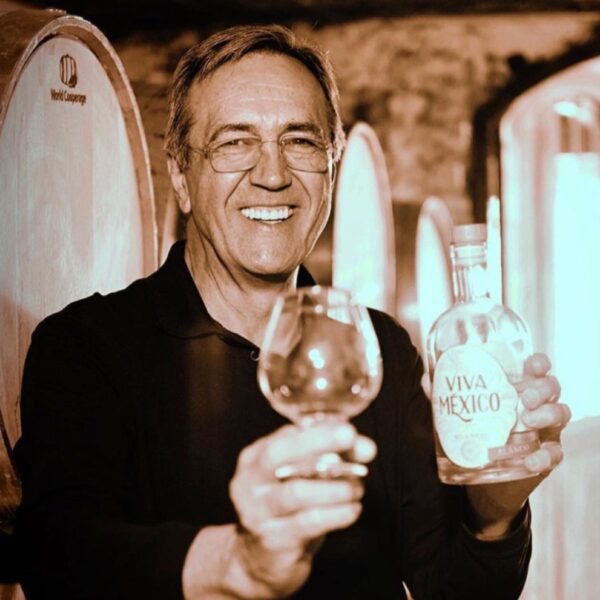Viva Mexico
One of the most important names in modern tequila, the Vivanco family has been growing agave in Arandas, in the highland plateau of Jalisco, since at least 1929. Over the past century, the family has continued to work in close harmony with the land, becoming widely recognized for the quality of their estate-grown maguey, selling their harvests to discerning maestro tequileros around the state.
In 1994, Feliciano Vivanco and his five sons established a destilería of their own, registered as NOM 1414 and dubbed El Ranchito. They soon launched their own family label: Viva México Tequila.
Over the next thirty years, the family took on an increasing number of contracts, working with brand owners who prioritized the purity, quality, and transparency of the tequila they sold. Some of those brands became industry icons in the US, leaders in the recent renaissance of artisanal tequila, inspiring more and more tequileros, brands, and bartenders to follow suit.
Through it all, however, the Vivanco family label, Viva México, remained elusive to American consumers. Agave enthusiasts shared theories; the most romantic suggested that the Vivancos were satisfied selling their bulk contract tequila and avoiding the headache of marketing and export, reserving only the very best batches for their own brand, in their home state, on the shelves and backbars of Guadalajara.
But all that’s changed now. The renaissance is at full steam, tequila is outpacing vodka in many markets, and El Ranchito’s wunderkind chemist-turned-maestro tequilero, Sergio Cruz, has become one of the industry’s most acclaimed young distillers. The family has achieved international renown for their distinct, estate-grown spirits. “In aficionado circles, referring to the Vivancos’ NOM number – a ‘1414 tequila’ – is typically shorthand for a tequila whose quality far exceeds its price,” notes agave educator Clayton Szczech in his Field Guide to Tequila (2023).
Breaking news! At last, Viva México has arrived stateside.
The name is not just a slogan—it is a nod to Feliciano and his sons’ sense of responsibility, representing their home and their culture around the world with the quality of their work. The tequila itself is a symbol of stewardship, with production rooted in heritage preservation, and agricultural sustainability.
Spread across 16 small ranchos at around 6,600-feet elevation, it’s the family estate—and the well water at El Ranchito—that are the backbone of Vivanco family productions; all NOM 1414 tequilas are made from agave that are estate grown with organic agriculture practices. A variety of fruit trees (including orange, lime, grapefruit, banana, and pomegranate) are planted around the estate and distillery, influencing both their growing maguey and their proprietary yeast. In collaboration with industry leader David Suro, the Vivancos were among the first producers in Jalisco to begin documenting the specific parcel and harvest of their mature agave, and they continue to advocate for the importance of terroir in tequila.
Mature agave is roasted in brick ovens, milled using a small roller mill, and fermented in open-air steel tanks using a combination of ambient and proprietary yeast from the estate, with a starter of champagne yeast at the outset. Distillation sees two passes in traditional copper pot stills.
The family also pioneered what’s become known as “the Mozart method”—more formally known as sonic harmonization. Essentially, classical music is played during fermentation, reflecting their belief that the vibrations lead to more nuanced and harmonious results. Skeptics aside, this method has found enthusiastic supporters in recent years—and it can’t be denied that the results speak for themselves.
Their influence has been felt across modern tequila for decades now. Their contract brands have been some of the most beloved tequilas in the industry. We could hardly be more excited and so, finally, it is our very great pleasure and honor at Skurnik Wines & Spirits to represent the Vivanco family’s own proprietary label: Viva México!




